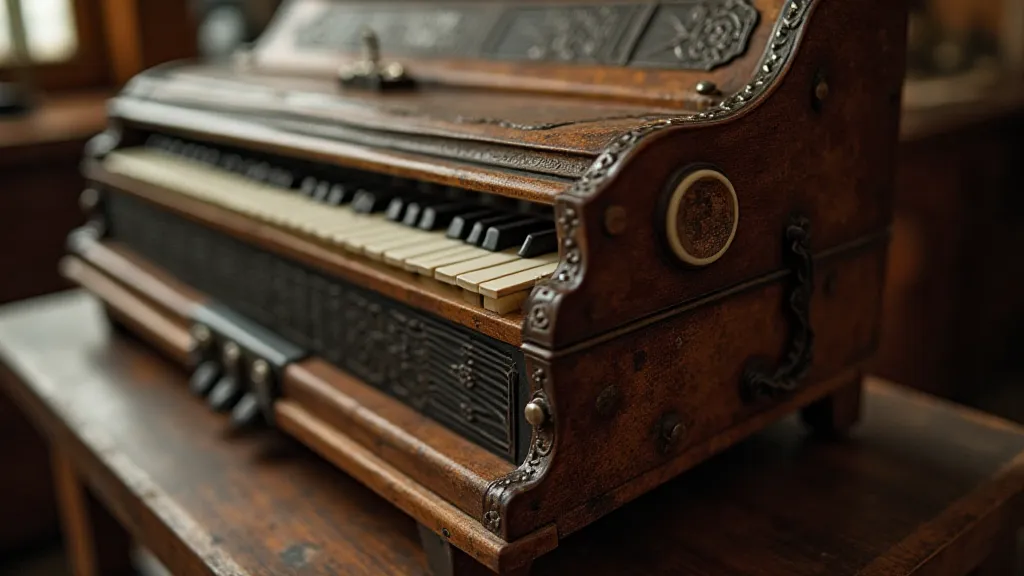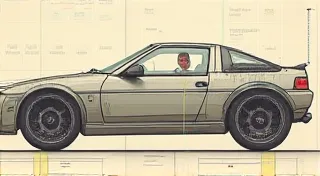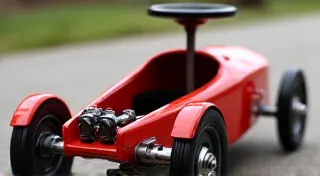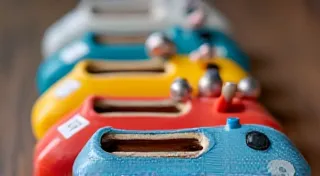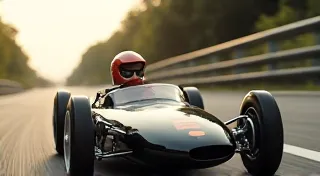The Velocity of Dreams: Crafting Narrative Momentum in Soap Box Car Design
There’s a peculiar magic woven into the history of soap box cars. More than just a childhood pastime, it’s a tradition steeped in ingenuity, community, and a shared aspiration for speed. They represent a bridge between imagination and engineering, a tangible expression of youthful ambition. And, perhaps surprisingly, they offer a profound lesson in storytelling, a microcosm of how visual design shapes narrative momentum just as much as words do. It’s a lesson I learned not in a classroom, but observing my grandfather, a quiet, meticulous man who could coax music from a battered accordion – and, seemingly, could imbue anything he built with a sense of purpose and a captivating story.
My grandfather, Silas, wasn’t a racer himself. He was the builder, the silent architect of dreams on wheels. I remember being a small child, mesmerized as he painstakingly smoothed the wood of a young boy’s racer, a bright cherry-red contraption that looked like a tiny, angry bullet. He wasn’t one for grand pronouncements or boasting. His craft spoke for him. He treated each piece of wood, each bolt, each carefully chosen colour with a reverence that transcended mere functionality. He’s tell me, “Everything tells a story, boy. Even a piece of wood.”
The Soap Box Derby, born in 1934 amidst the Great Depression, wasn’t just about racing; it was about providing hope, a unifying experience for children across America. It offered a tangible dream – the chance to build something, to compete, to win. This inherent narrative of resilience and aspiration is deeply embedded within the very concept of the Soap Box Derby, and a well-designed car becomes a powerful visual amplifier of that story. Building something from scratch, facing challenges, and ultimately seeing your creation race down a hill requires a certain degree of mental fortitude. Sometimes, delving into advanced soap box car design techniques to truly understand the process is vital.
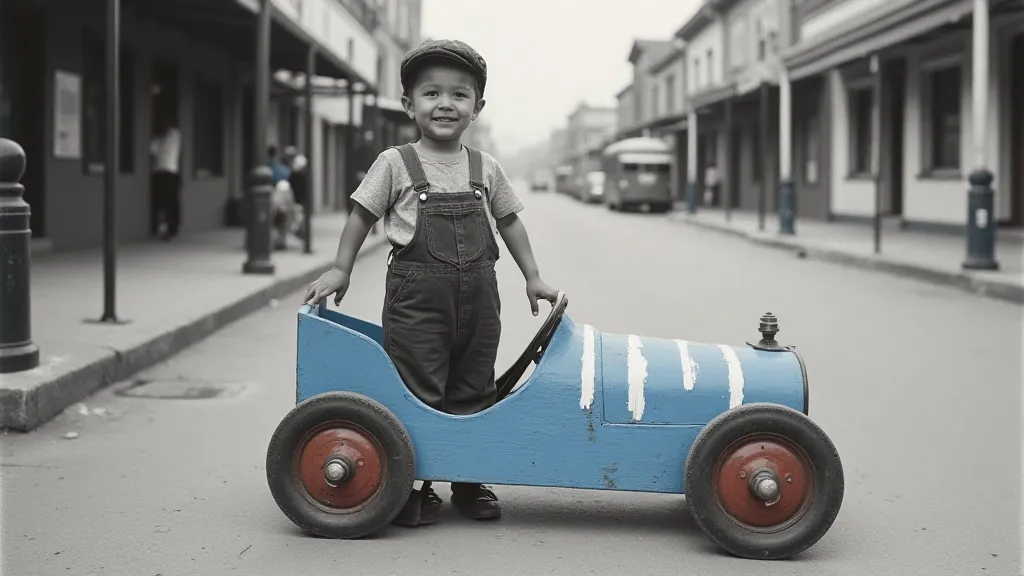
Beyond Aerodynamics: The Language of Form
Most discussions about soap box car design center on the technical aspects: aerodynamics, weight distribution, wheel alignment. And those are crucial, of course. But to truly understand the narrative power of a soap box car, we need to look beyond the physics. Consider the car's profile – its overall shape. A low, sleek design might evoke a sense of speed, danger, and aggression – a character racing against a pursuer. A taller, more whimsical design, perhaps adorned with fanciful decorations, might suggest a playful, adventurous spirit – a character embarking on a magical quest. These are unspoken narratives, conveyed purely through visual cues. The complexity of the design can also reflect the builder's experience; for those just starting out, a simpler, more direct approach can be just as rewarding, and resources like a soap box car beginners guide can prove invaluable. Achieving the perfect design isn't just about the aesthetic appeal; it’s a process of discovery, a journey into the heart of creativity and problem-solving.
Silas understood this instinctively. He rarely spoke about aerodynamics; he talked about "personality." “You gotta give it a soul,” he’s say, carefully sanding a curve into the car’s body. He believed a car's design should reflect the racer’s – or, ideally, project the *kind* of racer they aspired to be. He’s once built a car for a young girl named Lily, who dreamt of being a fearless explorer. He shaped the body with a slight upward tilt, like a bird about to take flight, and painted it in shades of earthy greens and browns, mimicking a jungle landscape. It didn't necessarily make her the fastest, but it resonated with her passion – and that, Silas believed, was the true victory. The process of construction and competition is more than just a technical endeavor; it's a crucible of competition, forging resilience and character. Finding inspiration and maintaining motivation throughout the building process can be challenging. Sometimes, the act of building itself can induce a state of focused creativity – the often-sought-after "flow state." Learning how to tap into this state and understand the subtle nuances of the creative process is a worthwhile pursuit for any aspiring builder. Understanding the whispers of the workshop and how to harness the creative process is invaluable.
Color and Emotion: The Palette of Narrative
Color plays an equally vital role. Bright, primary colors – red, yellow, blue – are inherently energetic and attention-grabbing. They scream confidence and boldness, perfect for a racer who wants to be noticed. Darker colors – black, grey, deep blues – can convey a sense of mystery, sophistication, or even a touch of melancholy. A carefully chosen colour palette can hint at the racer's backstory, their motivations, or the challenges they face. It's akin to a filmmaker using lighting and color grading to shape the audience’s emotional response.
Silas had an extensive collection of antique accordions, each with its unique tone and history. He viewed color in the same way - each shade possessing a distinct character and contributing to the overall emotional landscape. He’s taught me that the best designs weren’t about the loudest colours, but about the subtle harmonies and contrasts. A single stripe of contrasting color can dramatically alter a car’s perceived speed or attitude. Consider the power of a simple white stripe on a vibrant red car – it could signify purity, determination, or even a hint of defiance. The power of color goes beyond simple aesthetics – it's a language, a way to communicate without words. Choosing the right color is an important step, but so is understanding the principles of design and how they contribute to the overall message.
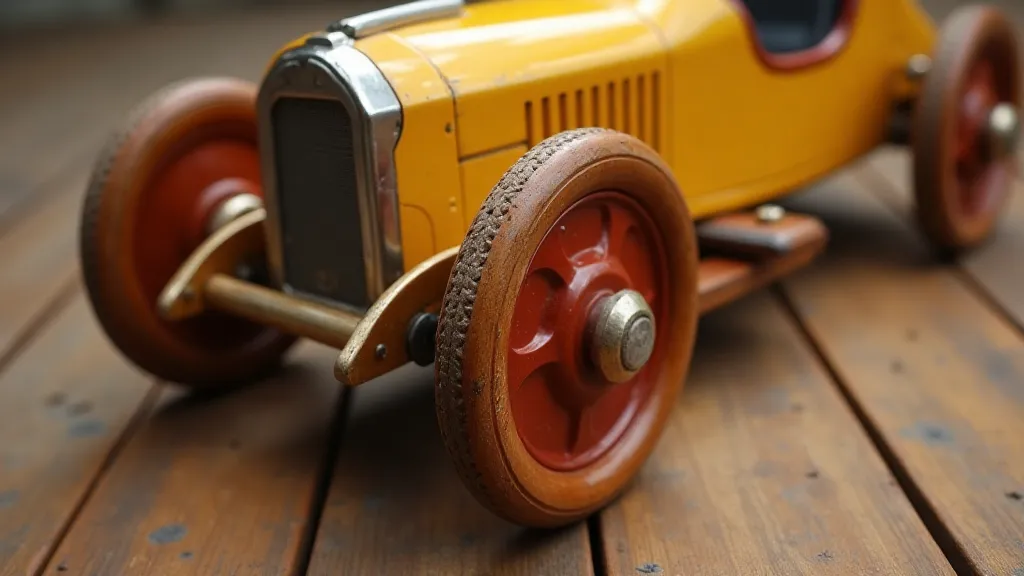
The Art of Storytelling Through Detail
It's not just the overall design that matters, but the smaller details. The shape of the headlights, the placement of the decals, the quality of the paint job – all contribute to the car’s narrative. A hand-painted design, even a simple one, suggests a level of care and dedication that a mass-produced sticker cannot match. A slightly weathered appearance can hint at a long history of racing and overcoming challenges. These subtle cues create a sense of authenticity and resonance.
Silas often incorporated subtle nods to the racer’s interests. For a young boy obsessed with dinosaurs, he carved a small, stylized dinosaur into the car’s side panel. For a girl who loved fairy tales, he painted a delicate floral design along the fenders. These weren't merely decorative elements; they were visual markers of the racer’s identity, strengthening the connection between the car, the driver, and the audience. It’s fascinating how small changes, a slight adjustment of the wheel alignment or a carefully chosen font for the lettering, can completely transform the feel of a project. Even seemingly insignificant alterations can subtly alter the message and evoke a unique emotional response. Sometimes, the process of iterating and refining a design can be just as important as the initial creation.
A Legacy of Craftsmanship and Dreams
My grandfather passed away some years ago, but his lessons remain. I still think of him when I see a beautifully crafted soap box car, recognizing the untold stories embedded within its design. It’s a tradition that transcends the simple act of racing; it’s a celebration of ingenuity, creativity, and the unwavering pursuit of dreams. The stories told by these machines are powerful, and often they speak to a wider theme of finding purpose and resilience. He always believed in the power of craftsmanship and the profound connection between maker and creation. He used to say, "A true masterpiece isn't just about the finished product; it's about the journey, the dedication, and the love poured into every step." The principles he taught me transcend soap box car design—they are applicable to any endeavor where creativity and passion intertwine.
